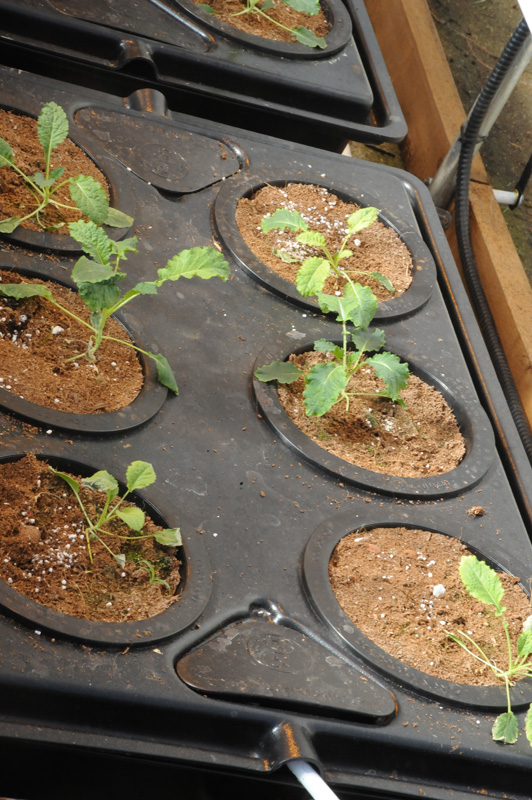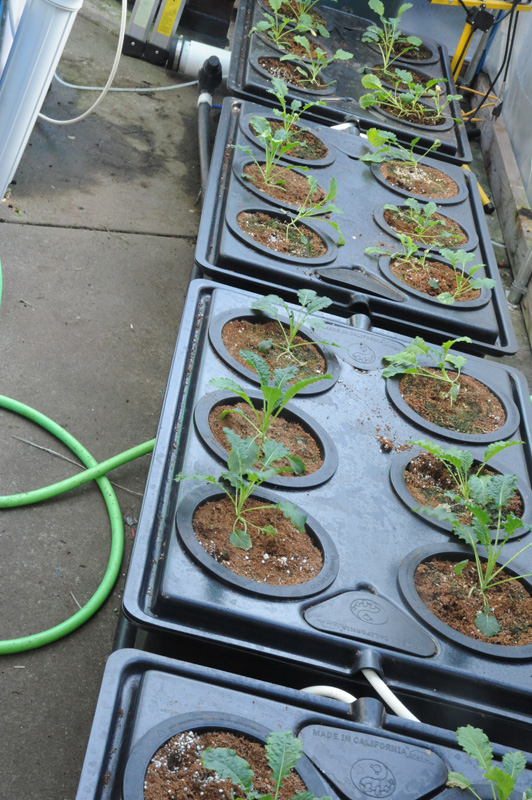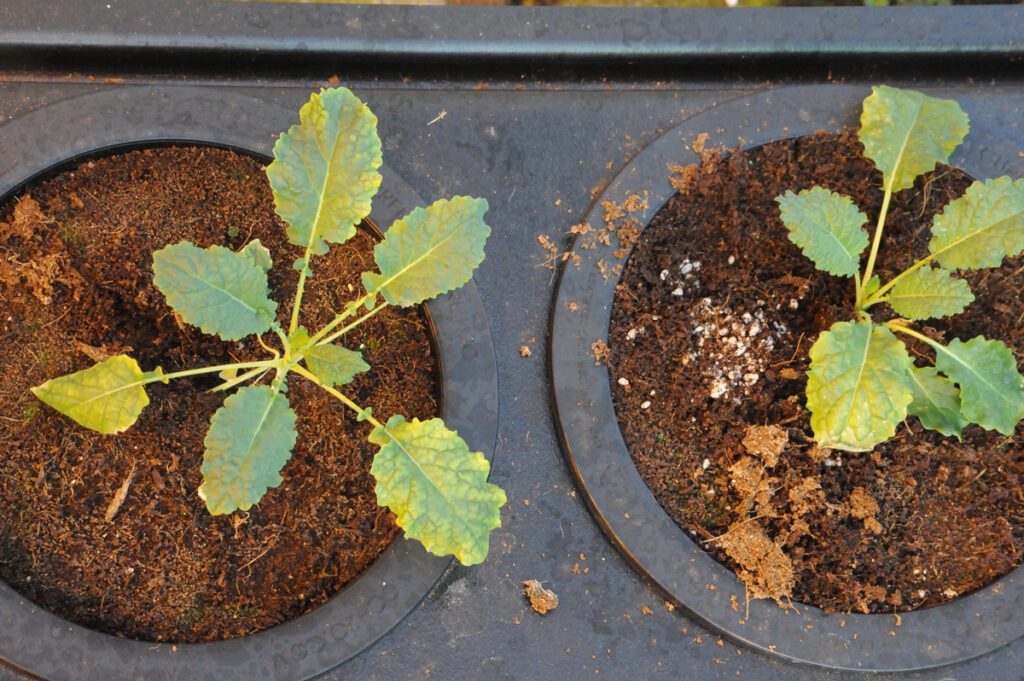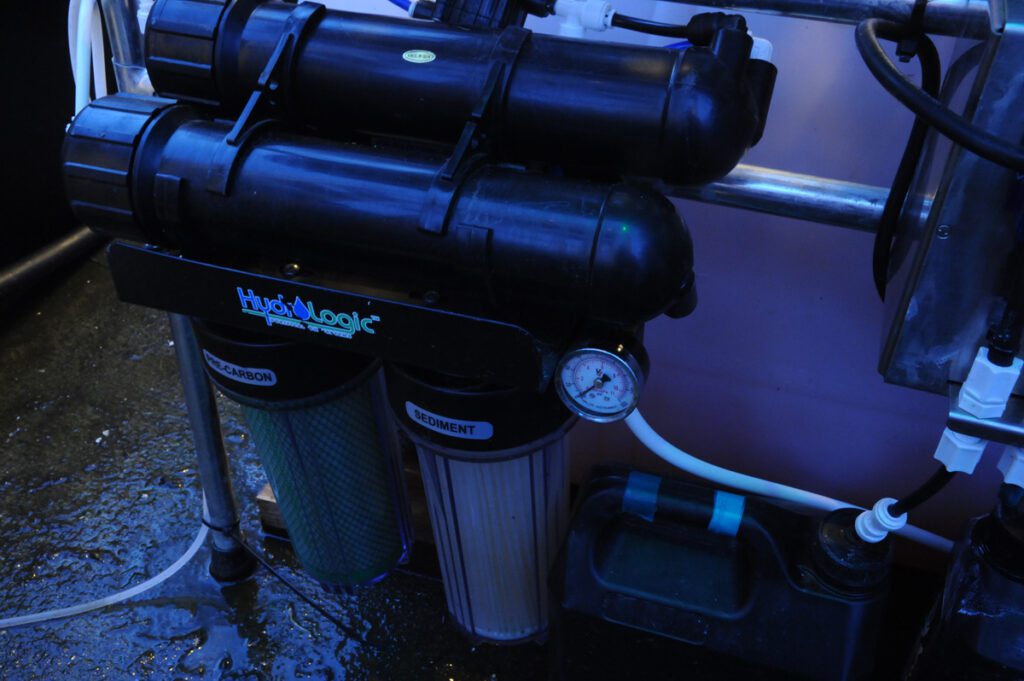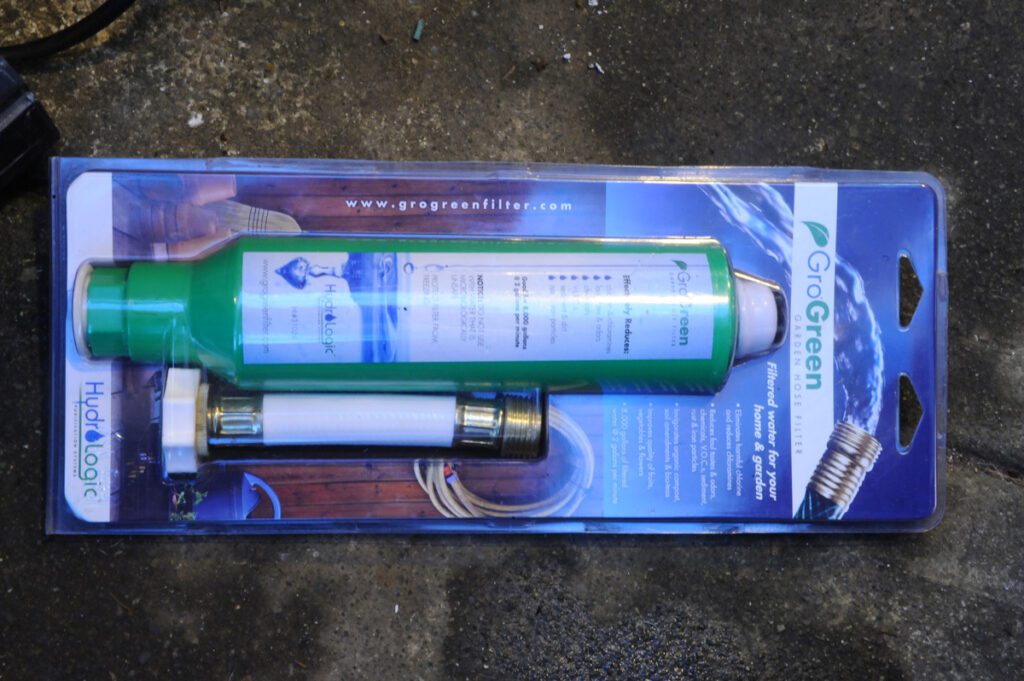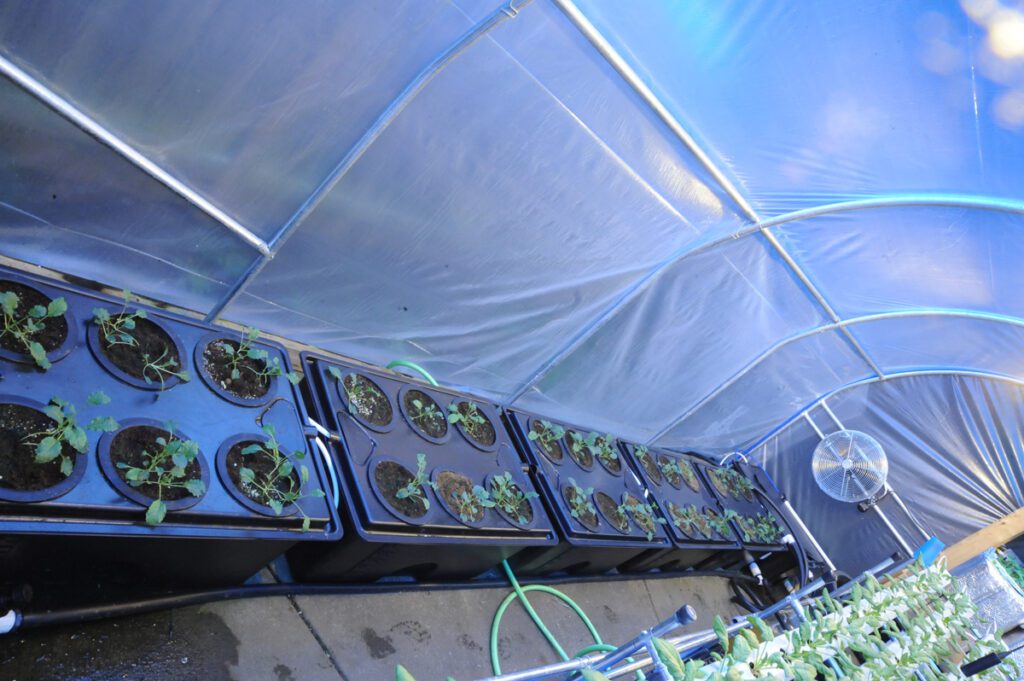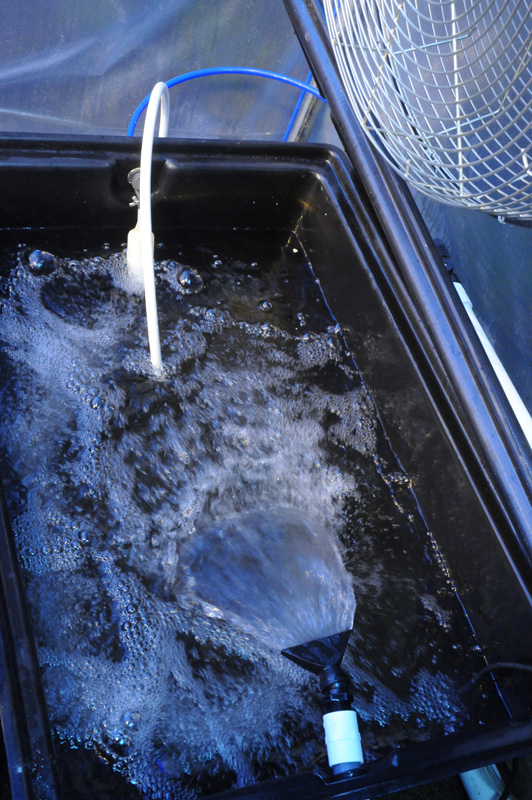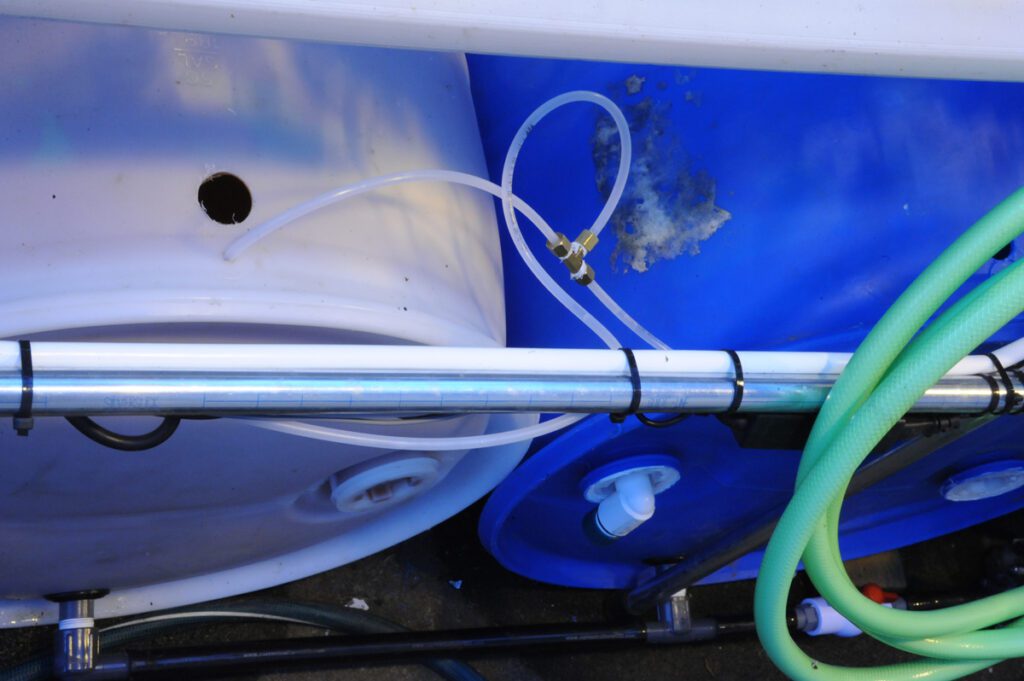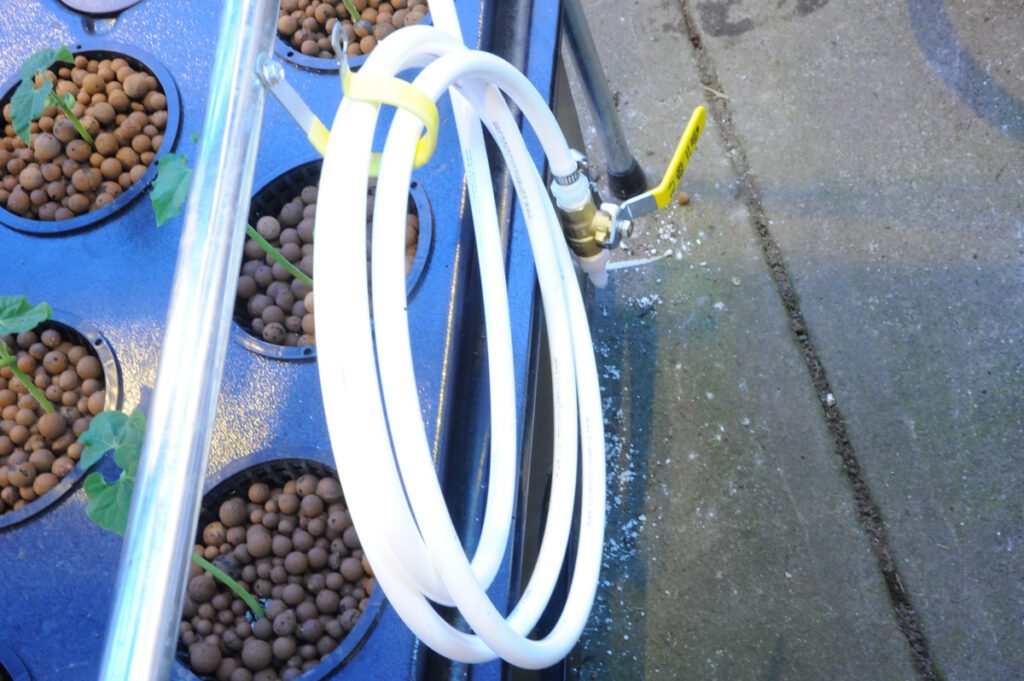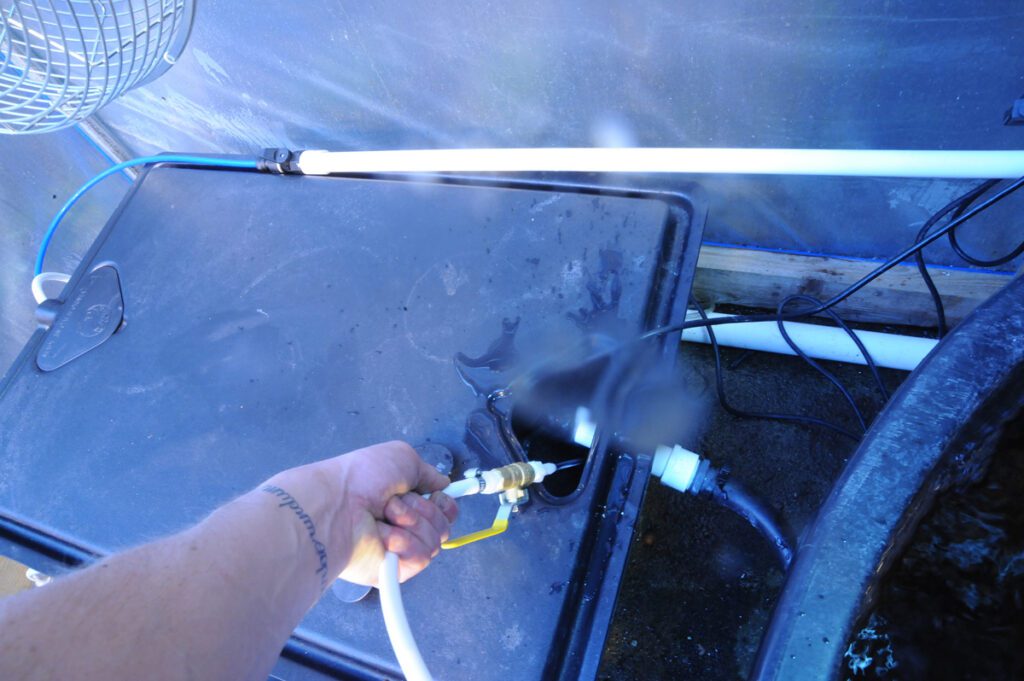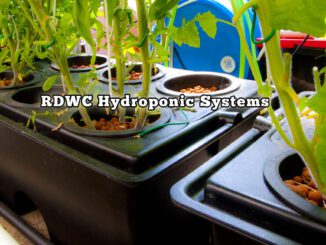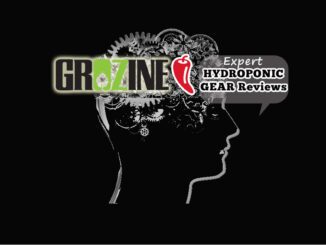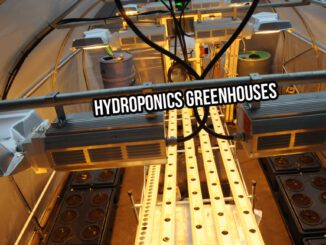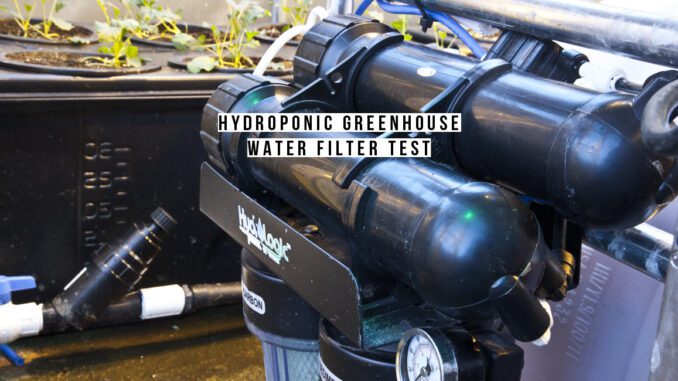
Hydroponic Greenhouse Water Filter Test
Reverse Osmosis VS Single Stage Activated Carbon for Water Quality
Hydroponic Greenhouse Water Filter Test, February 17th, 2015. Part | ONE |
Water quality is important when it comes to growing plants in hydroponics greenhouses, taking care of fish or ponds–and naturally your own animal health. After all, we’re like 90% water ourselves. The planet we live on is similar in that it is mostly water. What’s of particular interest is that only a very small percentage of the water in or on the planet is suitable for drinking. And when it comes to very pure and clean water for growing plants and general health, the percentage that is available seems to be shrinking fast.
Why Purify Water for Gardens?
- Chlorine and Chloramines are murder. Bacteria is beneficial to ponds and gardens that have aerobic (oxygen present) conditions–essential in organic gardening & aquaponics. Chlorine is intended to kill bacteria when added to water supplies.
- Unwanted Dissolved Solids. Metals like lead do occur, and plants can absorb them. Further, excessive iron is not uncommon, and it’s occurring in forms your plants cannot use and can create nutrient imbalances, hurting crops. It’s becoming more widespread to find unwanted pharmaceutical compounds in some water supplies. Flouride is controversial too.
- Pathogens. E.Coli, and similar. A complete water purification system is recommended for this sort of thing–including Ultra Violet (UV) or Ozone (O3) sanitization.
Reverse Osmosis water purification is a 3 stage process and is considered to be the most effective. In comparison, a single stage activated carbon purification system greatly reduces the content or chance of having harmful substances enter your crop or home through your water supply. Both types of filters are from Hydrologic Purification Systems.
Reverse Osmosis Purification:
We Like:
-super purification–>almost ZERO impurities
-filters last a reasonable period
-reliable
We Dislike:
-slower rates of collection (200 gallons per day)
-there is waste water, from 2:1 to 4:1
Single Stage Carbon Purification:
We LIKE:
-inexpensive
-reduces chlorine and chloramines
-no waste water to manage
We DISLIKE:
-Fewer impurities are removed from the water
Now for our hydroponic greenhouse water filter test. The water purification systems will be tested on identical hydroponically grown Lacinato Kale crops that were directly seeded into each of the identical Under Current PRO systems by Current Culture that are operated in a climate controlled greenhouse that uses supplemental HPS grow lighting in winter months.
In the hydroponic greenhouse water filter test, here’s what’s the SAME:
- Water Culture System size, type, layout and design
- Aeration, depth, temperature and circulation of the nutrient solution
- Daily manual measurement and adjustment of pH levels
- Top up with fresh water via float valve as it is used by crops
- lighting intensity (PL-2000 crop lighting system) and duration
- Air circulation
- Day/Night temperature
- Humidity
- Carbon Dioxide levels
- Raw water source-tap, around 0.35 EC, smells of chlorine and possibly chloramines
- Purified water storage and distribution system (150 US Gal capacity)
- Fertilizer type and application rates
- Water & Nutrient solution temperatures
- Love
In the hydroponic greenhouse water filter test, here’s what’s DIFFERENT:
- Water Filtration system: Reverse Osmosis VS Single Stage Activated Carbon for Water Quality
- Overall EC in UC PRO systems will vary slightly-ONLY based on water quality, feeding rates the same (250 ml ea Part A& B Cultured Solutions VEG per 100 US Gal)
Yesterday, on February 16th, 2015 we did our first, and hopefully only, reservoir change out to set-up the RO Test system. Today, we will repeat the process with the water we filled and stored to warm up with the Single Stage carbon filter system. We made a brief amateur video that shows the actual test systems, plants, materials and processes used in the study. This is PART |ONE |.
Please stay tuned for more and check us on our social media platforms daily. Photos and Youtube vid below:
[youtube width=”560″ height=”315″ video_id=”Nvc6KnjXaVE”]
Hydroponic Greenhouse Water Filter Test, March 3rd, 2015. Part | TWO |
CONCLUSION:
The differences between single stage (activated carbon) and Reverse Osmosis greenhouse water filtration in RDWC (recirculating deep water culture) grown Kale (sp. lacinato) became apparent very quickly. It was ascertained that there would be no benefit in continuing past two weeks in the experiment, as outlined above and featured in the short video. Taking into account the input costs of greenhouse heating and lighting, even during later and more mild winter months where the costs aren’t as high as in mid winter (January), it was time to cap-off the experiment and show the results.
At the start of the trial it was thought that the differences would be more slight and require a greater duration in time to become more evident, however that did not prove to be the case, as illustrated in the images and captions below.
Single stage carbon filtration for soil gardens has proved to be adequate based on our outdoor conventional garden bed performance, however, in a controlled greenhouse environment where RDWC growing systems are used the difference in crop health and performance is too great to ignore, and therefore the decision was made to improve RO hydroponic greenhouse water filtration efficiency so that there is less waste water and therefore a higher degree of feasibility in plant production applications in terms of ecology and economics. Conversely, a decision to add an additional water filtration stage to improve final water quality in a “no waste” water filtration for hydroponic greenhouse use was also researched and implemented.
Click | HERE | to learn more about ways to improve Hydroponic Greenhouse Water Filtration for Cost and Ecological Savings
